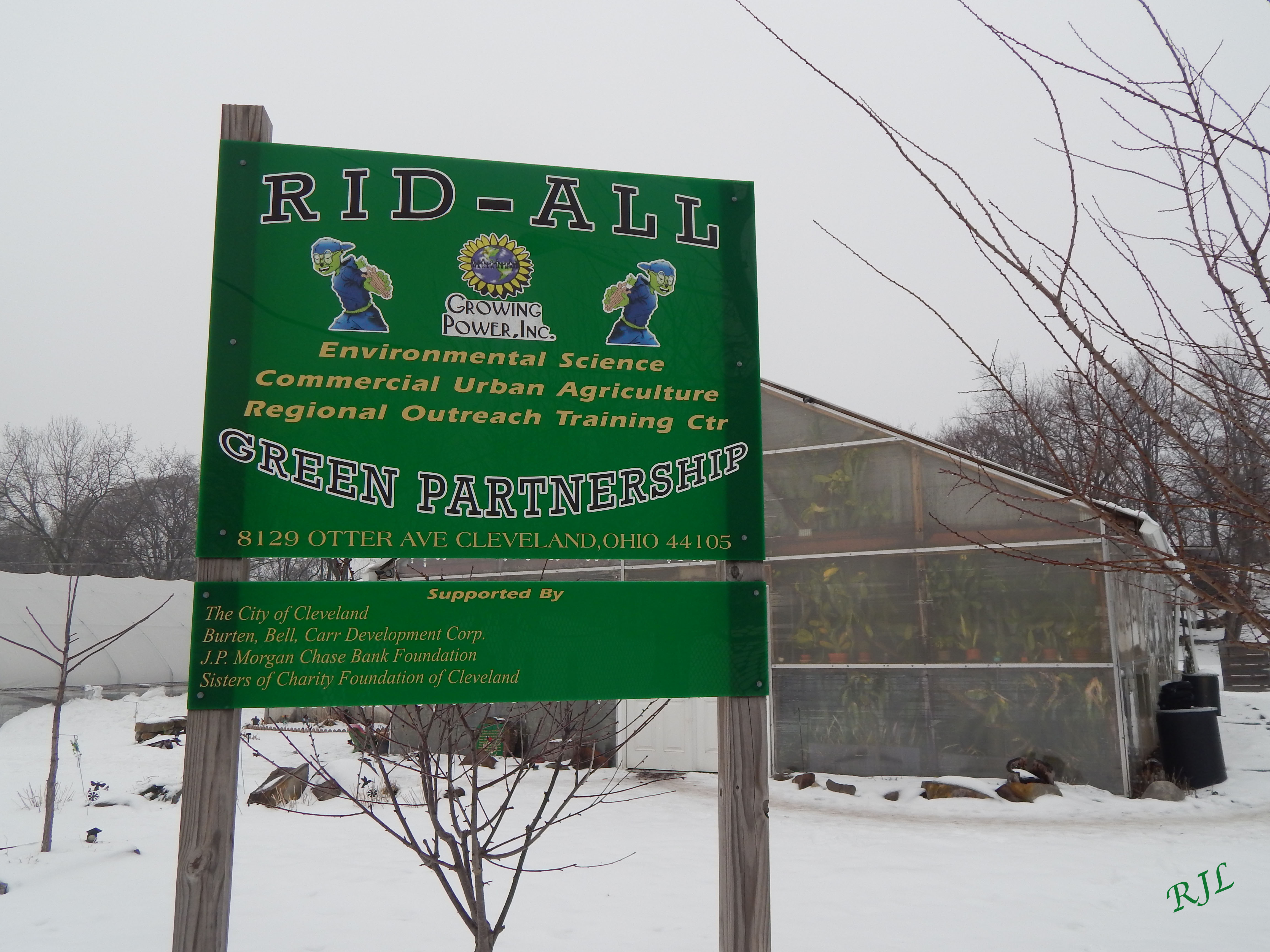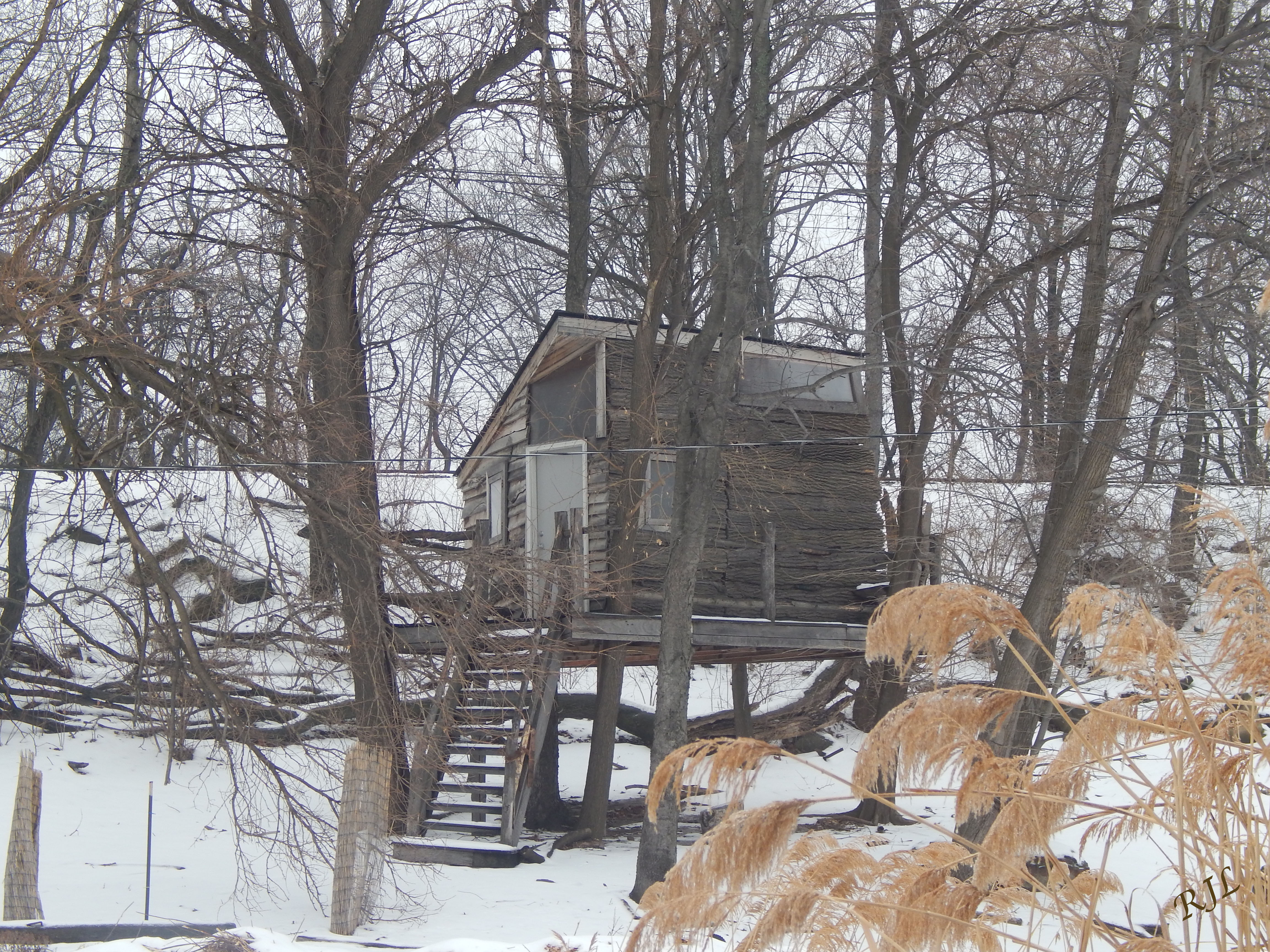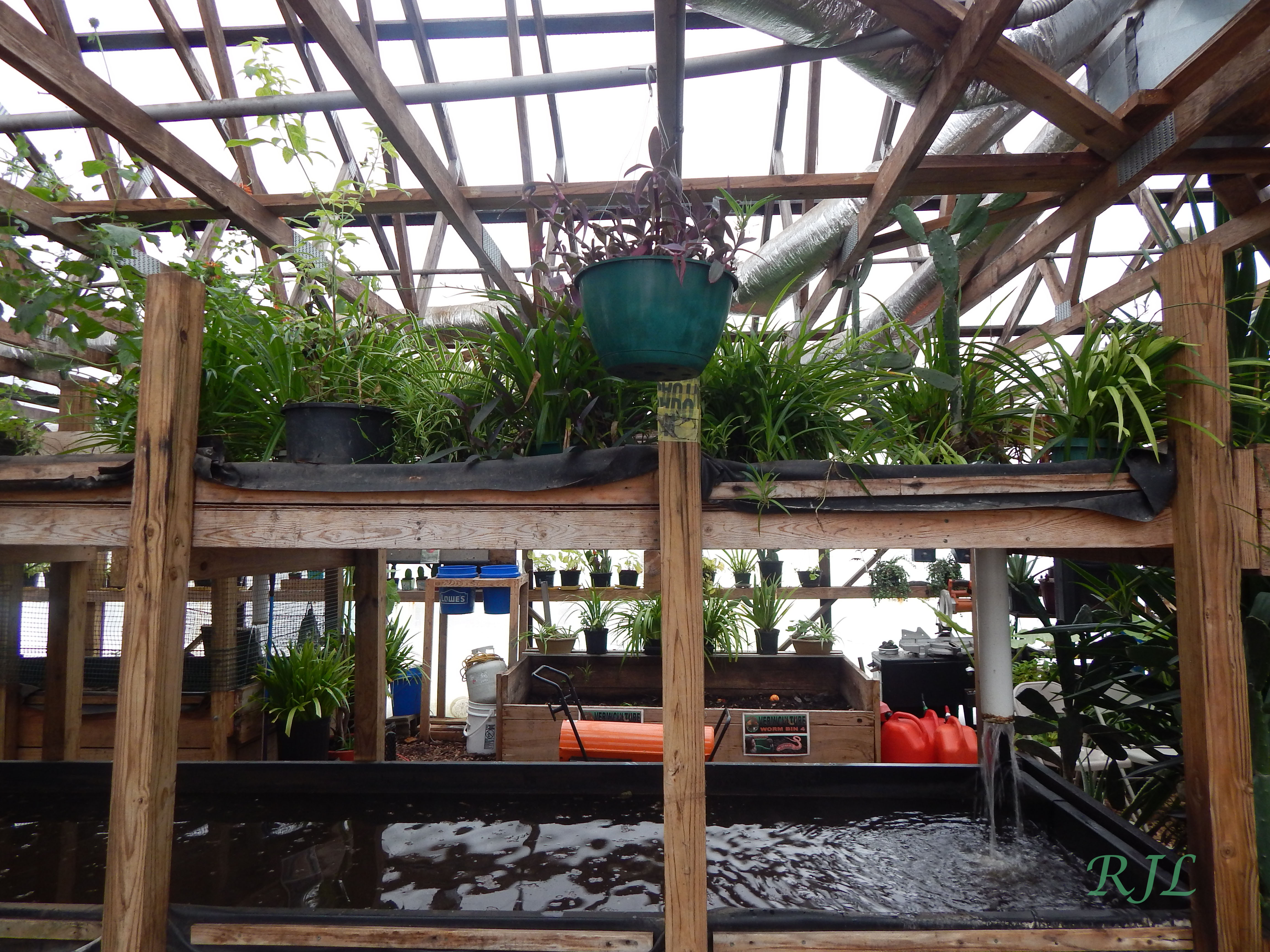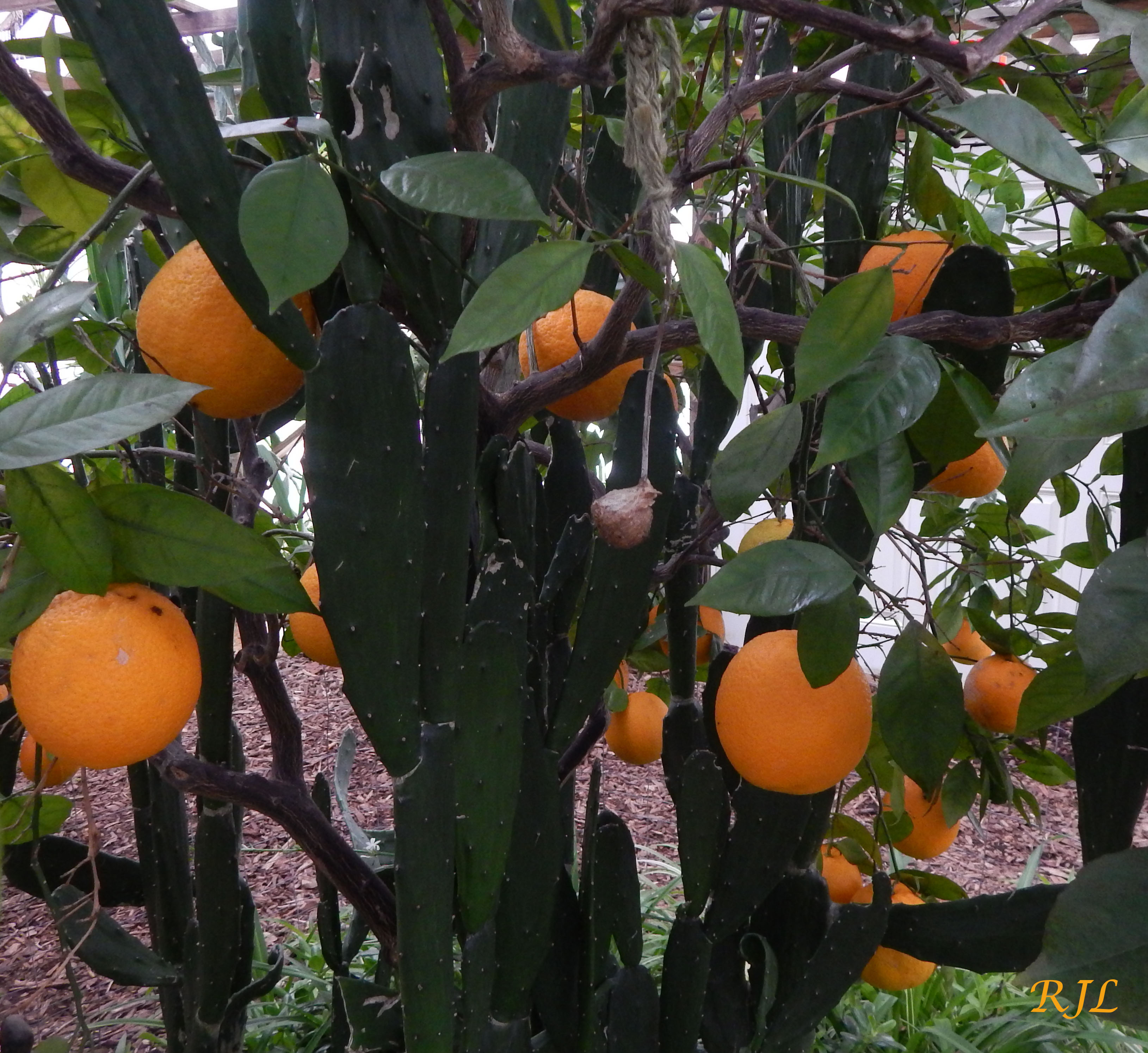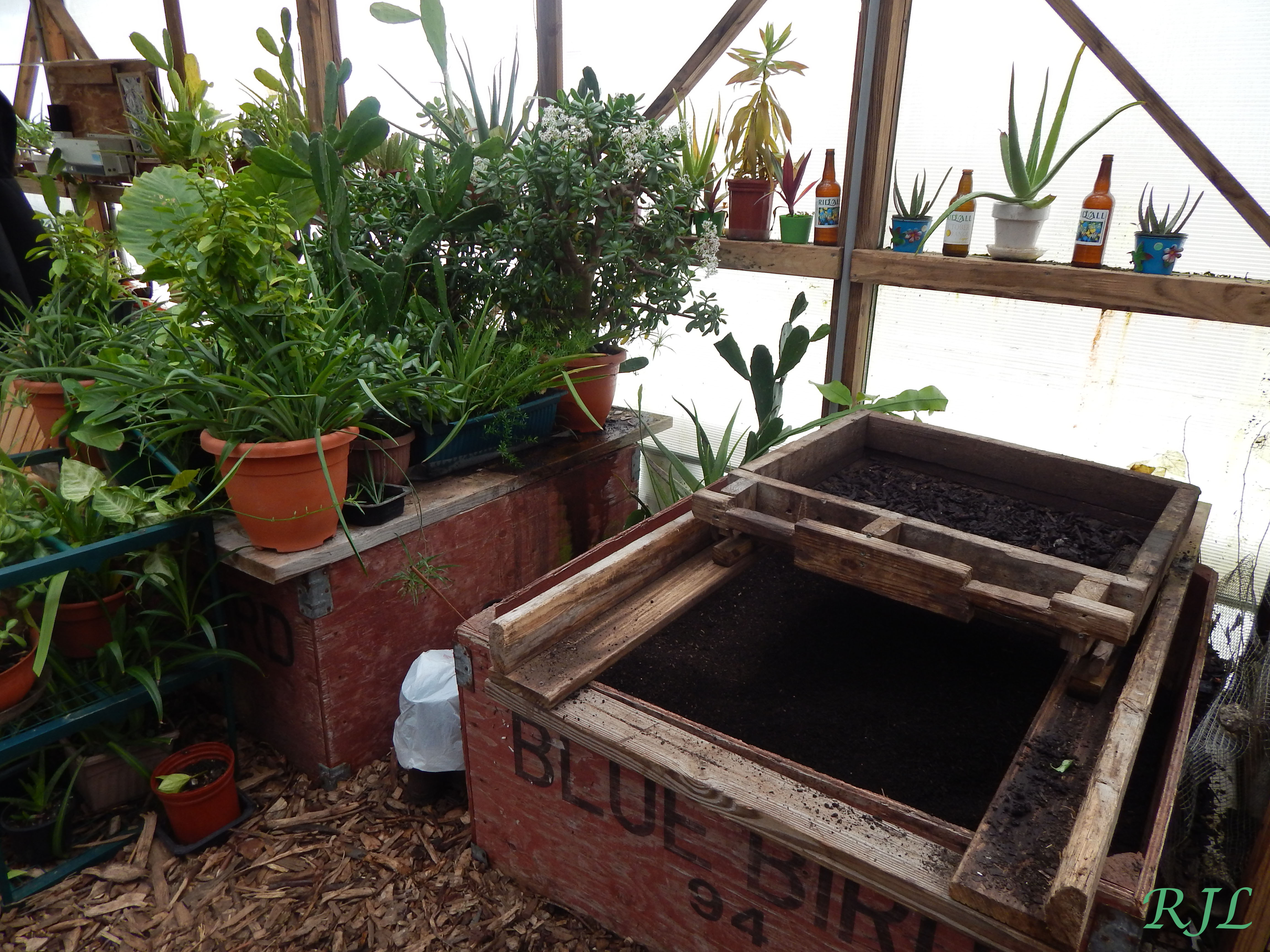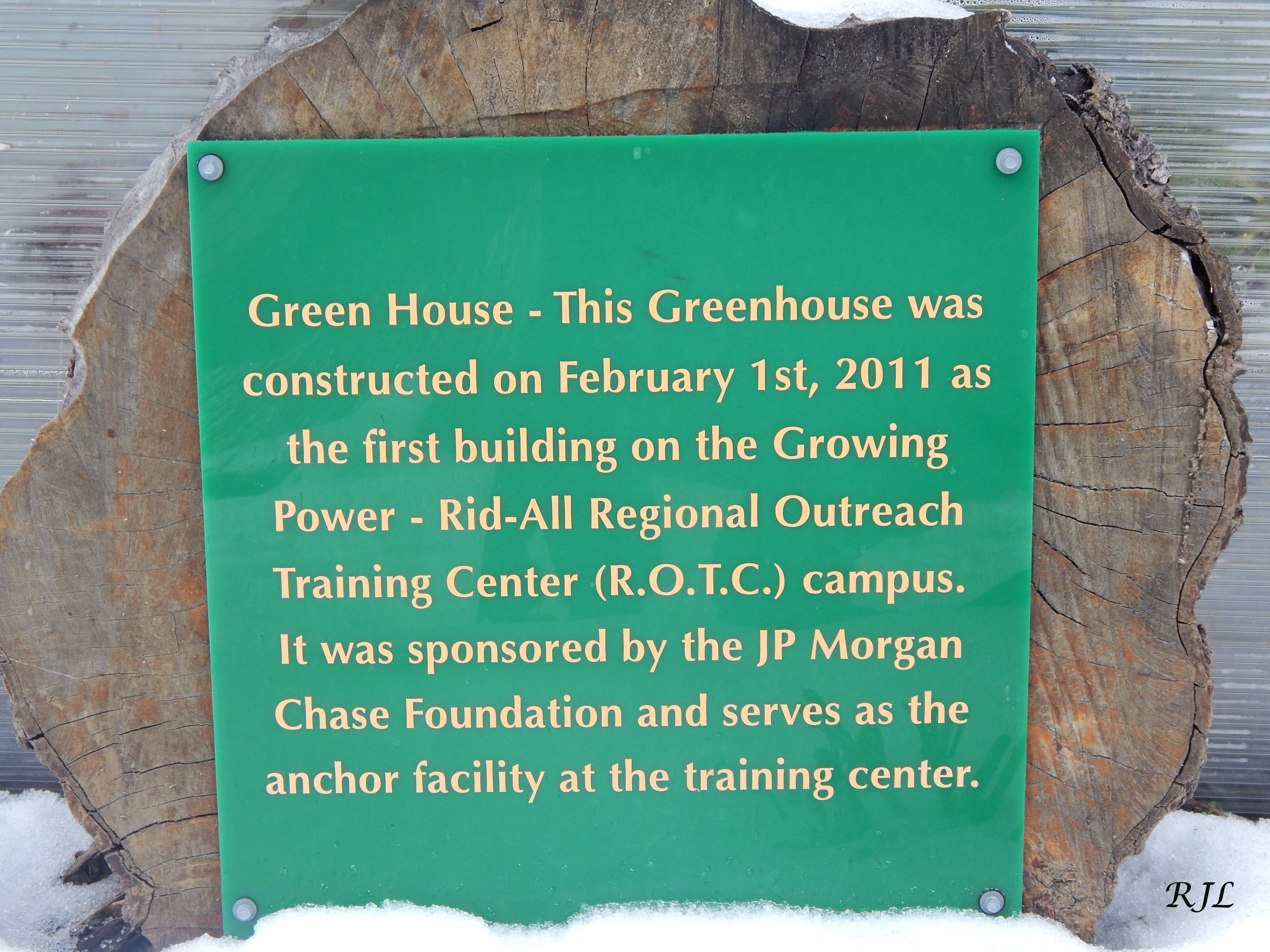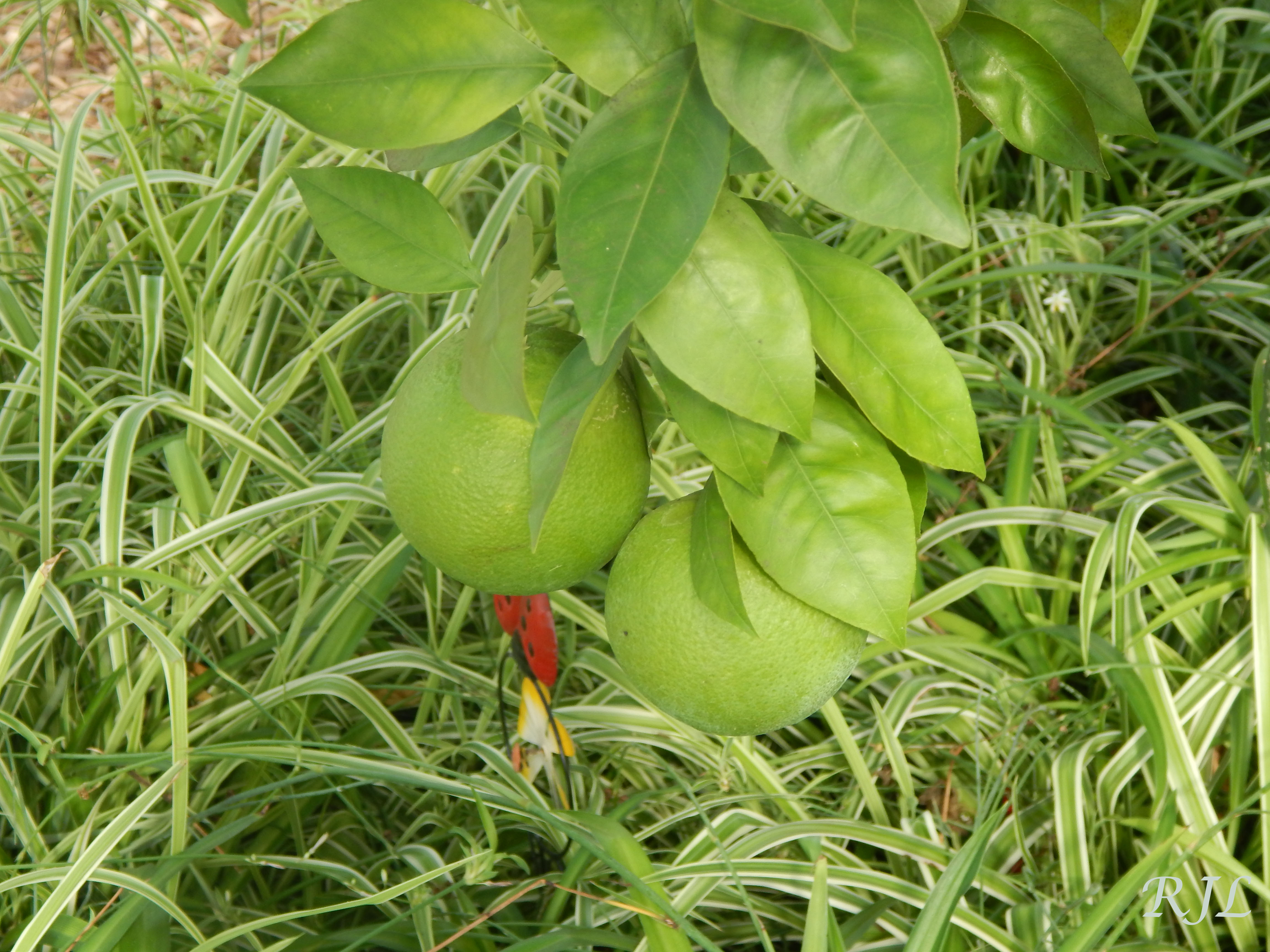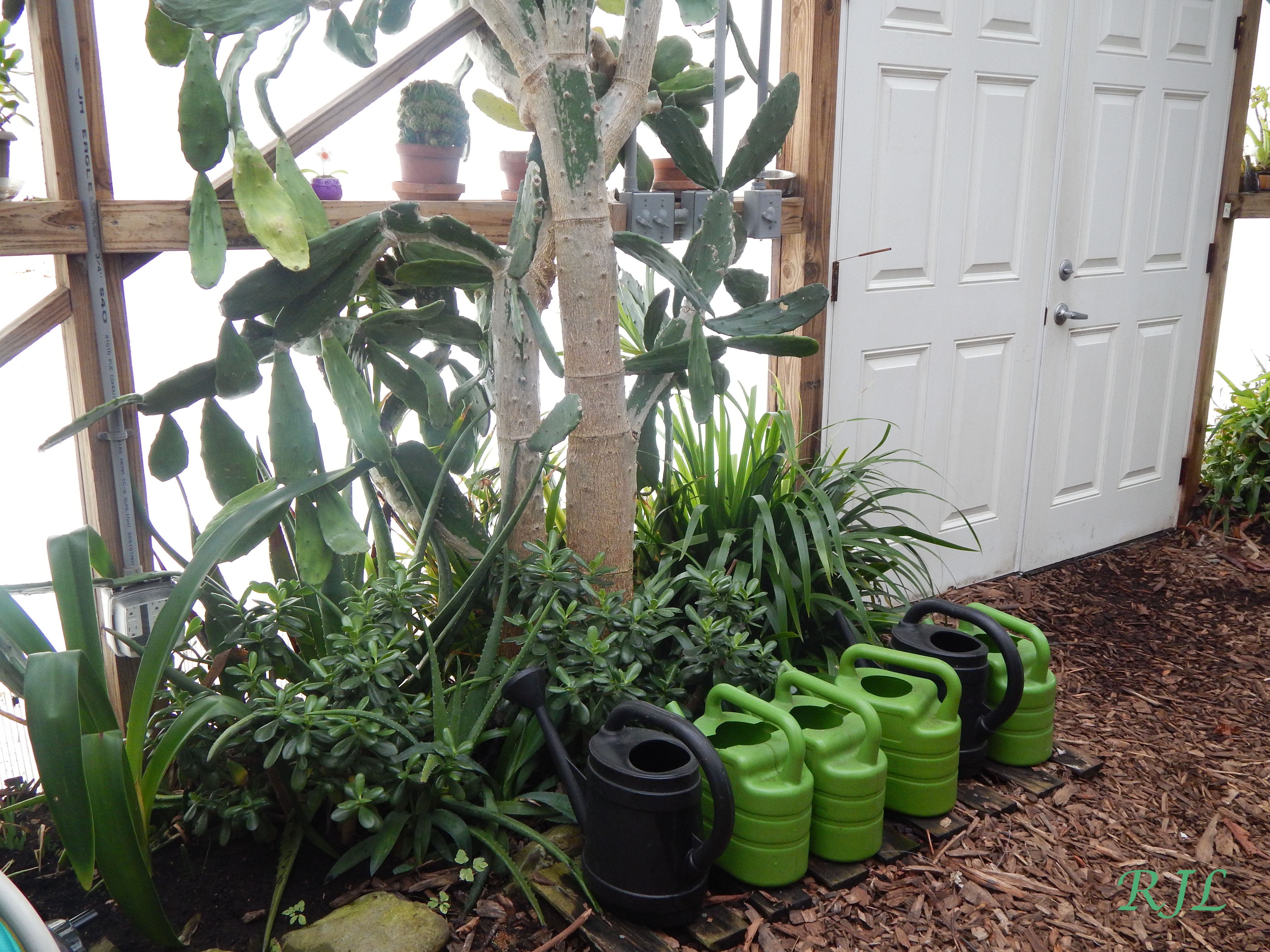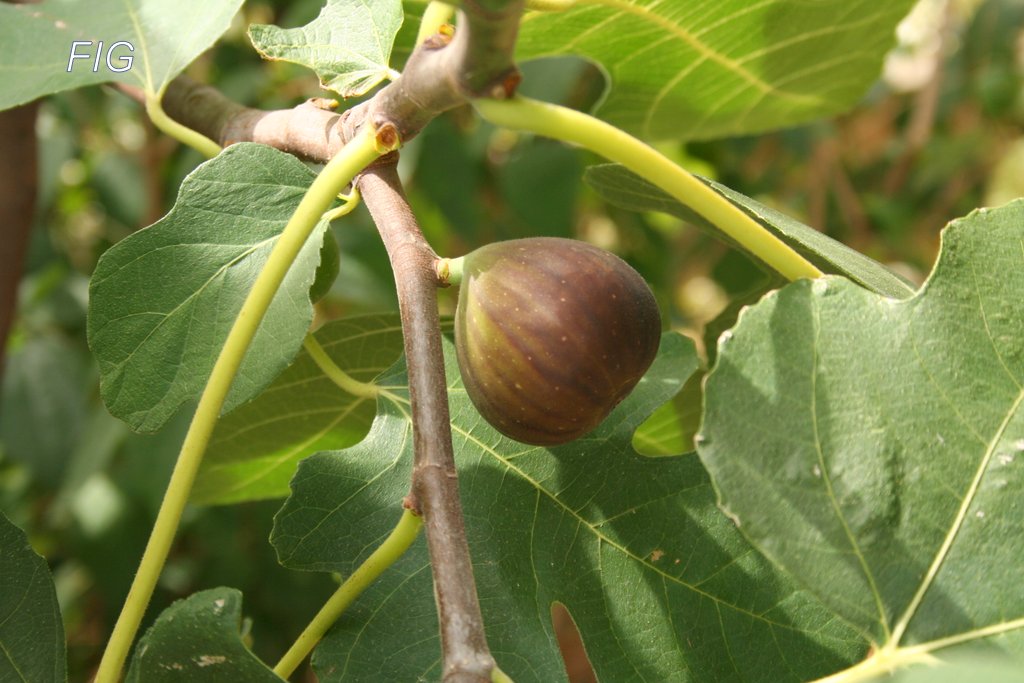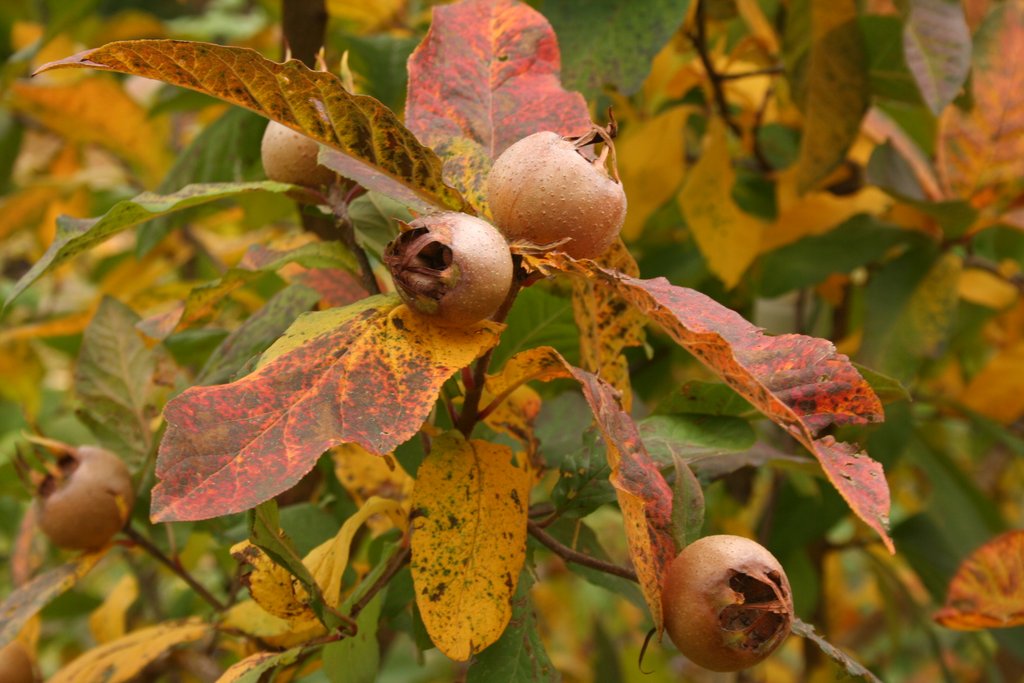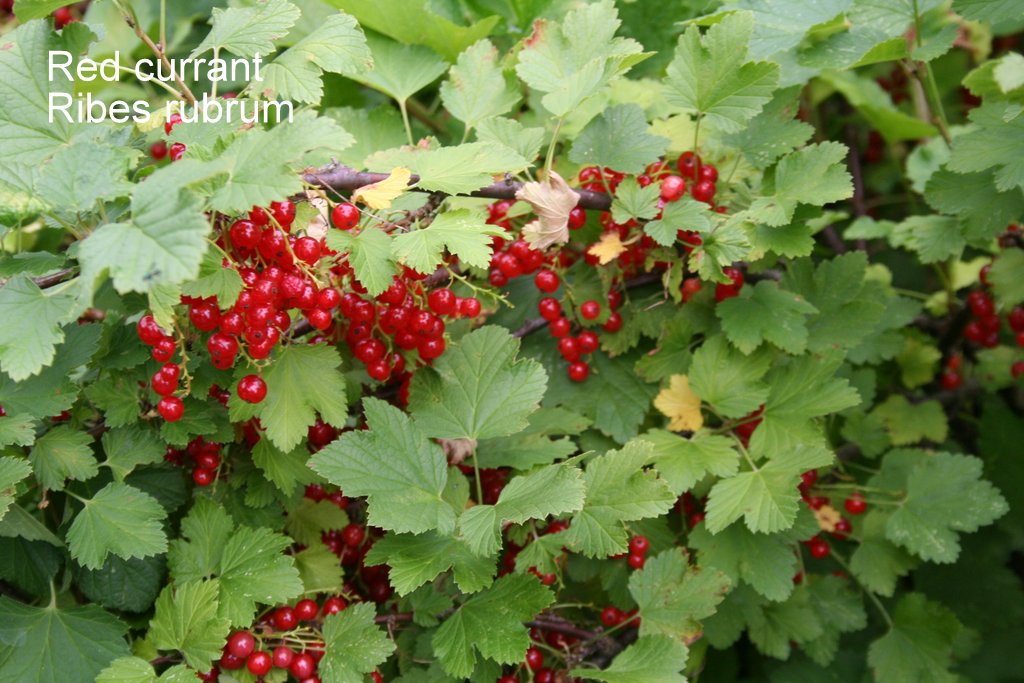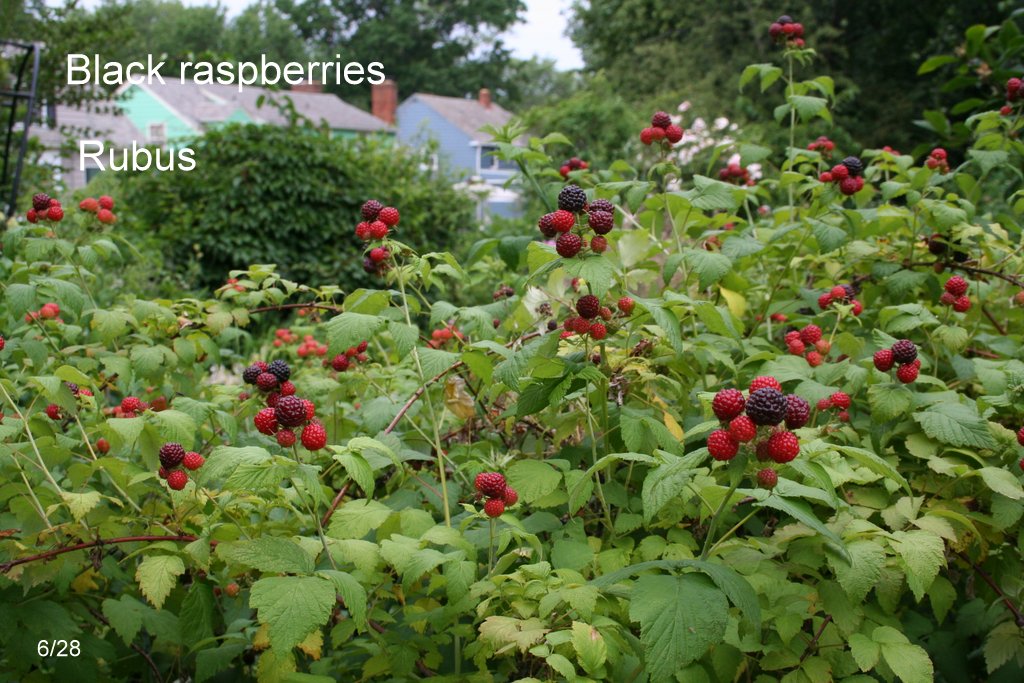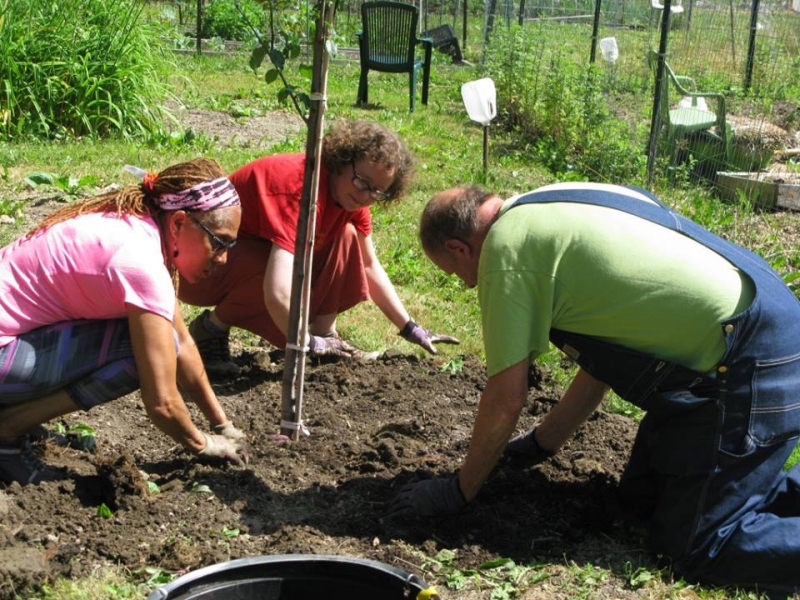by Rita J. Lucas
In a not so secluded section of the city lies an urban sanctuary maintained and nurtured by Rid-All Green Partnership. Rid-All, which stands for redemption, integrity, and determination for all mankind, is a dream come true for “soil brothers” Damien Forshe, Keymah Durden, and Randy McShepard. These three men, along with the talent and expertise of Dave “Dr. Greenhand” Hester (a 50-year vet in the agriculture industry), are the blood, sweat, and heartbeat of this green initiative, that is empowering the community. Their dedication and hard work has made Rid-All a success story worth sharing.
Rid-All’s mission, in a nutshell is to transform communities, one city at a time. “We are promoting peace, harmony, and solutions to people in the community, by people in the community” says co-founder Marc White also known as “The Urban Farm Doctor”. You can find him at the farm teaching and blending up something that’s good for the body and spirit – “inside-out beautification”, as he calls it.
All-natural drinks aren’t the only good-for-you products you can get at Rid-All Farm. Through Groupon, Amazon, or a quick visit to the farm, customers can purchase produce and tilapia; and you can be certain it’s all good for you. The produce which is grown in the best soil possible is picked at the time of purchase to keep its freshness and so the customer can get the maximum nutritional benefit. The tilapia which take about four to five months to mature are fed plant-based pellets and live in environments that reflect their natural habitat. In the symbiotic relationship between the plants and fish, the plants provide nutrients to the fish which in turn provide nutrients back to the plants.
Rid-All has several hoop houses: greenhouse #1 which serves as an office space and vendor space for special events such as weddings (the man-made treehouse was used for such an occasion); greenhouse #2 which is used for classroom teaching and lab training, aquaponics and a greeting station; the high-tunnel hoop house where winter crops such as kale, sorrel, garlic, and spring onions grow; the gothic “cathedral” hoop house where swiss chard, lettuce, and beets grow; the double gothic hoop house which is used for special events, training, and growing herbs, spices and flowering plants; and finally an additional hoop house where other super greens are grown.
Mike Parker, Rid-All’s Compost Manager, dedicates his time and energy to the Rid-All Project because it keeps him motivated, knowing that he is helping to heal [his] people. Parker, who grew up helping in his family garden, has traveled the world but always found his way back home to Cleveland. He believes that what Rid-All has done so far is a “cultural renaissance” and that “if you eat right, you will think right, and [then] you will do right.” These are the goals and desires of the soil brothers, for their community: to create a self-sustaining community, to see exponential growth, to promote community development economically and emotionally, and to show people another way of life through health and wellness.
For the beneficiaries of the shared knowledge that the Rid-All instructors provide, attending the Rid-All Training Program is “an opportunity to start your business, become your own boss, and learn [independence]”, says Hassan, a young man who was introduced to Rid-All and the program by his grandfather. Hassan is a student of the 5-month program that is offered to adults and youth. However, Rid-All has a 12-week program specifically for youth (ages 14-17) where they can learn the fundamentals of eating healthy, harvesting, and growing their own food. Through the program, the youth are equipped to start and assist with community gardens in their respective areas, says Dr. Greenhand who personally visits local schools to give classroom presentations.
Leah, a Rid-All Training Program participant describes the Rid-All farm as a “magical place” that takes a different approach to agriculture; Rid-All is all about “returning the soil to its original state” which is evident in its composting efforts. Rid-All has several large compost bins on site where the soil is made (combining a variation of natural ingredients) and sits for two to three months before it is ready to be sold or used in the farm. For sustainable and healthy produce, the solution is undoubtedly in the soil.
Rid-All Green Partnership is indeed a gem in the city of Cleveland, changing the lives of everyone who experiences the spirit of the farm. In addition to training programs, Rid-All sponsors workshops, Soul Vegan Saturdays, and community events such as the most recent MLK Community Awareness Day. To learn more about Rid-All visit their website at www.greennghetto.org.
